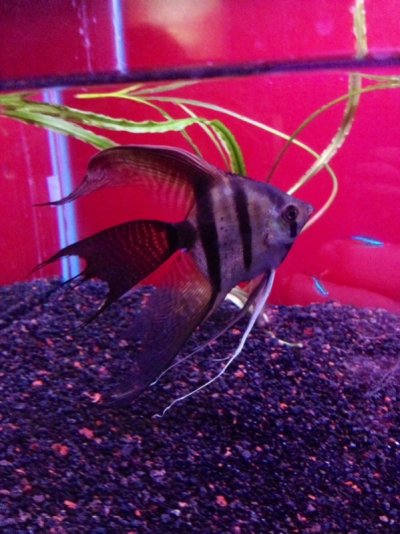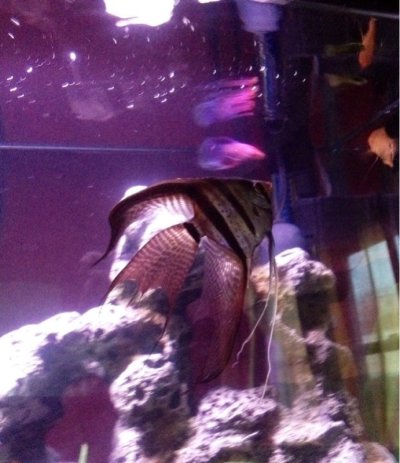Abbitha
Aquarium Advice Activist
- Joined
- Dec 2, 2013
- Messages
- 162
This was right before I did a 50% water change because I have fish and don't want to hurt them.
Ammonia .50, nitrites .50, nitrates, 10. I'm slightly confused I thought I wouldn't see nitrates until after ammonia was gone and the nitrites raised higher. Thought it went like ammonia rises and then decreases, while nitrites rise, consuming ammonia. And then nitrates make an appearance turning nitrites into nitrates. Why do I have nitrates when my ammonia is still reading high
Ammonia .50, nitrites .50, nitrates, 10. I'm slightly confused I thought I wouldn't see nitrates until after ammonia was gone and the nitrites raised higher. Thought it went like ammonia rises and then decreases, while nitrites rise, consuming ammonia. And then nitrates make an appearance turning nitrites into nitrates. Why do I have nitrates when my ammonia is still reading high


